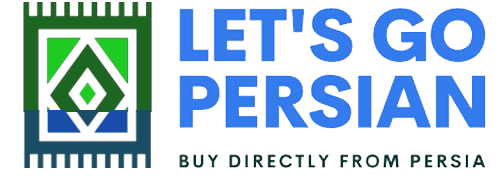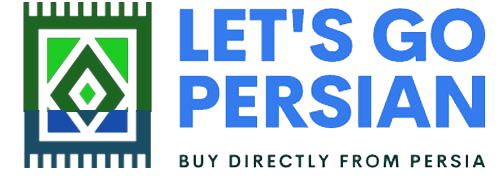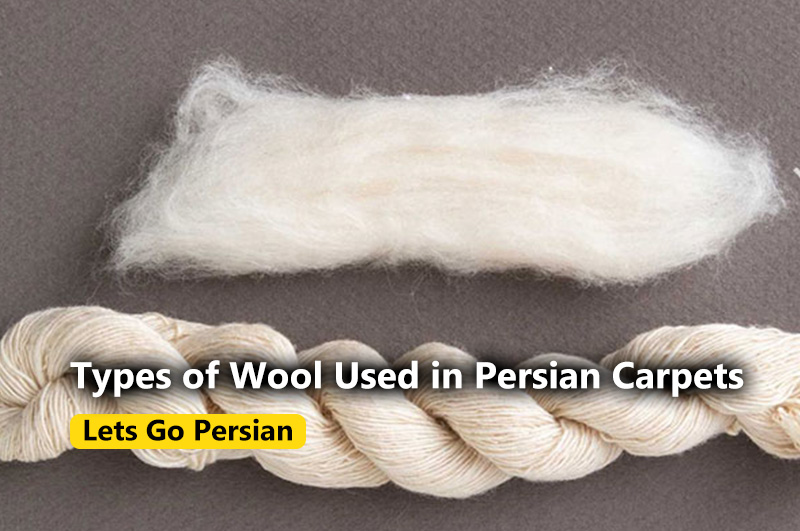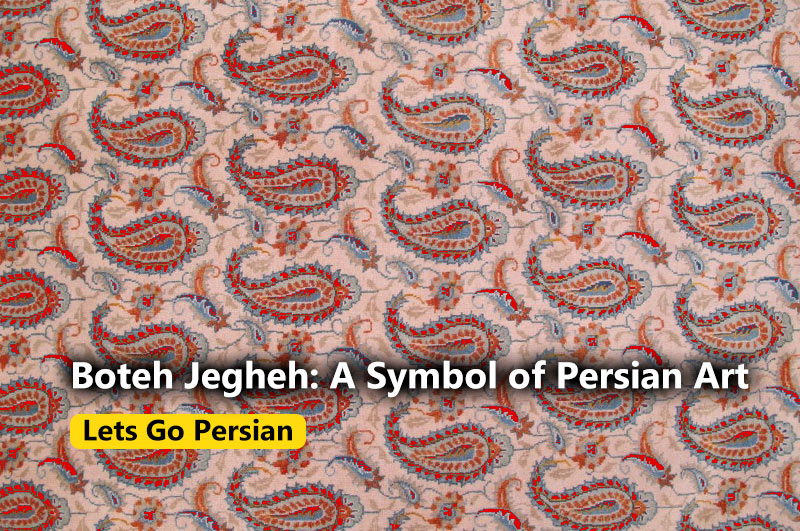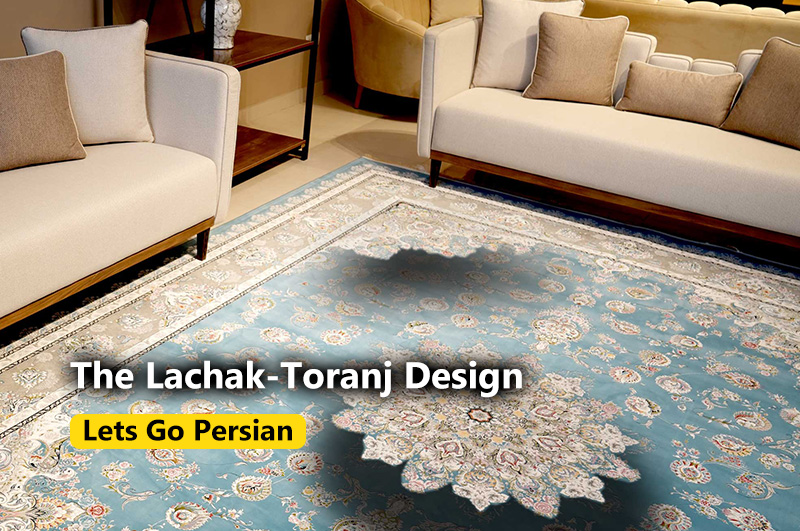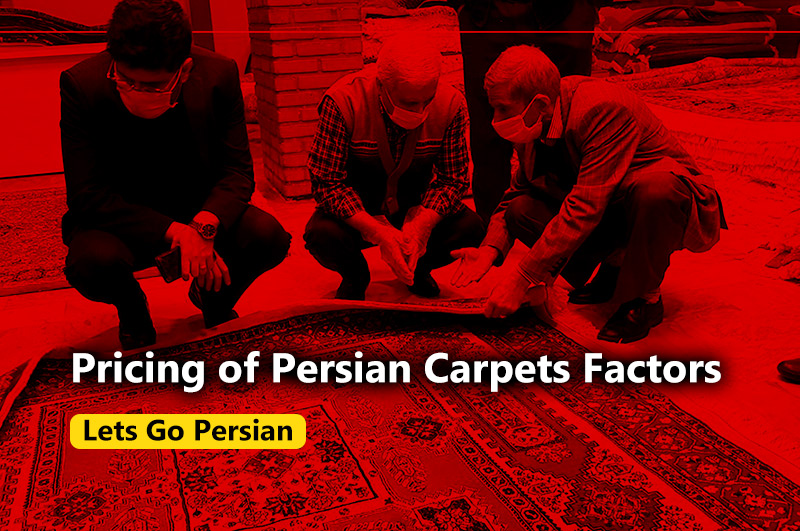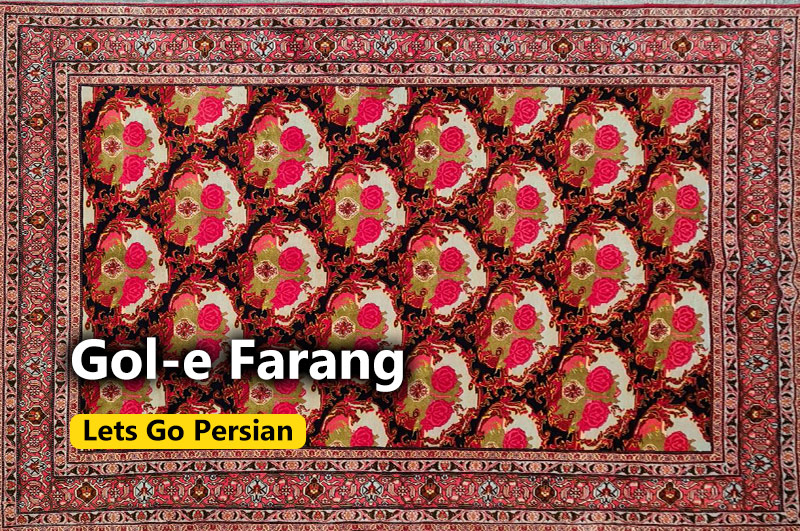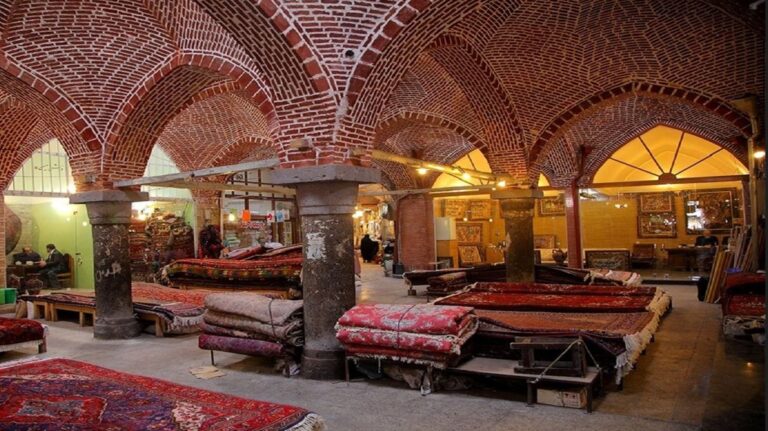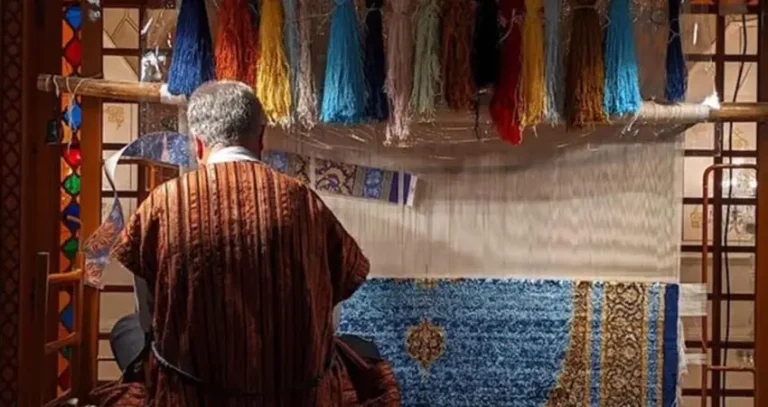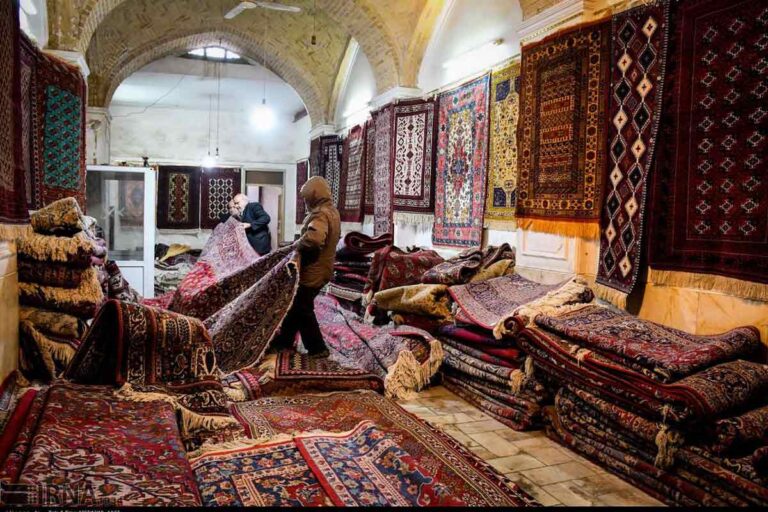
Pricing of Handwoven Persian Carpets Factors

The Lachak-Toranj Design: The Most Iconic Pattern in Persian Handwoven Carpets
When it comes to Persian carpets, one of the most critical elements that determines both quality and character is the type of knot used in the weaving process. Unlike flatweaves like kilims or jajims, pile carpets owe their texture and design precision to the way yarn is knotted onto the warp threads.
Among various knotting techniques, two stand out as the most prevalent and influential in Iran and beyond: the Persian (asymmetrical) knot and the Turkish (symmetrical) knot. Each has unique characteristics that impact the carpet’s density, texture, and visual appeal. Let’s explore what makes each one distinct.

Persian vs. Turkish Knot in Handwoven Carpets
What Is a Carpet Knot?
In traditional hand-knotting, the knot is created by looping the weft (usually wool or silk) around the vertical warp threads, forming the pile that defines the carpet’s surface. As thousands of these knots are packed side-by-side, they form the intricate motifs and patterns characteristic of Persian rugs.
Different weaving regions have adopted distinct knotting styles over centuries, which in turn have become identifying features of their carpets.
The Persian Knot (Asymmetrical / Senneh Knot)
Used widely across central and southern Iran—including cities such as Isfahan, Kashan, Qom, Kerman, Mashhad, Nain, Arak, and Birjand—this knot is also called the Senneh knot.
How It Works:
-
The yarn is looped around one warp thread and passed under the adjacent one.
-
It allows for more delicate curves and intricate patterns.
-
Knots can lean left or right, depending on how the yarn is wrapped (left-asymmetrical or right-asymmetrical).
This method is typically done by hand using a small Persian knife and scissors, offering great flexibility and precision. The result is often a softer and more flowing design, well-suited to floral and curvilinear motifs.
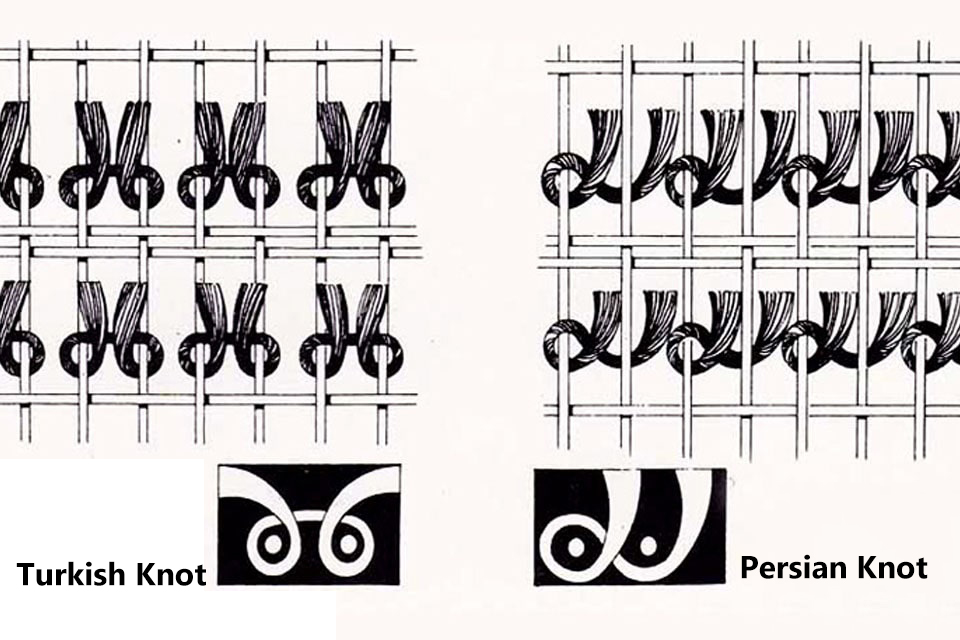
The Turkish Knot (Symmetrical / Ghiordes Knot)
The Turkish or Ghiordes knot is commonly used in Tabriz, Heris, Hamadan, Ganja, Caucasus regions, Shirvan, and parts of Anatolia and Azerbaijan. It’s especially prevalent in Turkic-speaking regions, which is how it gets its name.
How It Works:
-
The yarn is looped evenly around two warp threads, forming a symmetrical knot.
-
Both ends of the knot come up between the warps and are pulled tight and cut.
-
Weavers often use a hook or crochet-like tool to create faster, tighter knots.
This method produces a denser and more durable carpet. While it may not allow for the same level of fine detail as the Persian knot, it results in crisp lines and geometric precision, ideal for tribal or angular designs.

Knotting Techniques
Comparison at a Glance:
| Feature | Persian Knot (Asymmetrical) | Turkish Knot (Symmetrical) |
|---|---|---|
| Warp Coverage | One warp | Two warps |
| Visual Outcome | Softer curves, floral designs | Sharper edges, geometric motifs |
| Used In | Central/southern Iran | Northwest Iran, Caucasus, Turkey |
| Tool Used | Knife + fingers | Hook (needle or crochet tool) |
| Durability | Very durable | Even more durable |
| Knot Density | Can be higher for fine weaving | Often denser and bulkier |
Which Is Better?
Both knotting styles are revered in the world of Persian carpets. Neither is inherently “better”—it depends on:
-
The design of the rug (floral vs. geometric)
-
The region of origin
-
The intended use (luxury, durability, or artistic display)
For example:
-
A fine Isfahan silk carpet with Persian knots may offer breathtaking detail.
-
A rug from Heris or Bijar using Turkish knots may withstand generations of heavy use.
Final Thoughts
The type of knot not only defines the aesthetic and structure of a handwoven rug but also tells a story about the weaver, the region, and the traditions that shaped it. Whether Persian or Turkish, the craftsmanship behind every knot is a testament to the living heritage of carpet weaving.
Have you owned a carpet with Persian or Turkish knots?
Let us know your experience in the comments or tag us with your rug photos!
